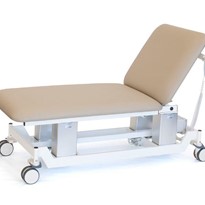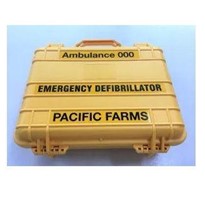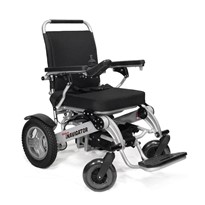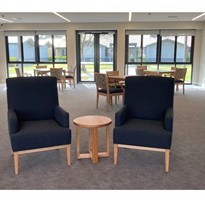The bill, introduced by SA-BEST upper house MP Frank Pangallo and supported by the state Labor government, also applies to larger privately-owned buildings such as shopping centres, aged-care and retirement villages, and certain residential apartment buildings.
Additionally, all emergency vehicles used by the Metropolitan Fire Service, the Country Fire Service, and the State Emergency Service will be required to have defibrillators.
The legislation includes a two-year period for the government to roll out the devices, and a three-year period for the private sector.
Those who fail to comply with the laws could face a maximum $20,000 fine.
View a breakdown of designated building or facility:
(a) a public building or facility;
(b) a prescribed sporting facility;
(c) a school, tertiary institution or education facility that provides skills training;
(d) a correctional institution (within the meaning of the Correctional Services 20 Act 1982) or custodial police station (within the meaning of section 78 of the Summary Offences Act 1953);
(e) a retirement village (within the meaning of the Retirement Villages Act 2016);
(f) a facility that provides residential care within the meaning of the Aged Care Act 1997 of the Commonwealth; 25
(g) a caravan park;
(h) a residential park (within the meaning of the Residential Parks Act 2007) occupied (or that allows for occupation) by more than 12 residents;
(i) a casino or other venue where gambling is authorised, other than a venue where the only gambling authorised is the selling and buying of lottery 30 tickets;
(j) a theatre or other venue where artistic or cultural performances are provided;
(k) without limiting a preceding paragraph or the definition of public building or facility—
(i) a class 2 building under the Building Code with more than 10 sole 35 occupancy units (within the meaning of the Building Code); or
(ii) a class 5, 6, 7 or 8 building under the Building Code, other than a farm shed or farm building (within the meaning of the Building Code); or
(iii) a class 9 building under the Building Code; Automated External Defibrillators (Public Access) Bill 2022 Preliminary—Part 1 LC GP 161-B: Hon Frank Pangallo MLC 5
(l) a building or facility, or class of building or facility, prescribed by the regulations.
Source: The Examiner


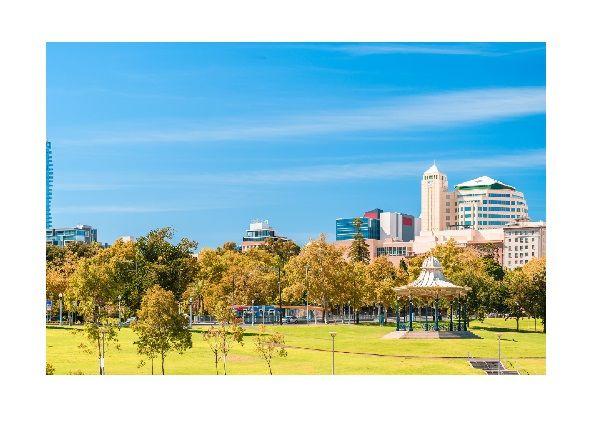



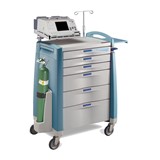







-160x160-state_article-rel-cat.png)




